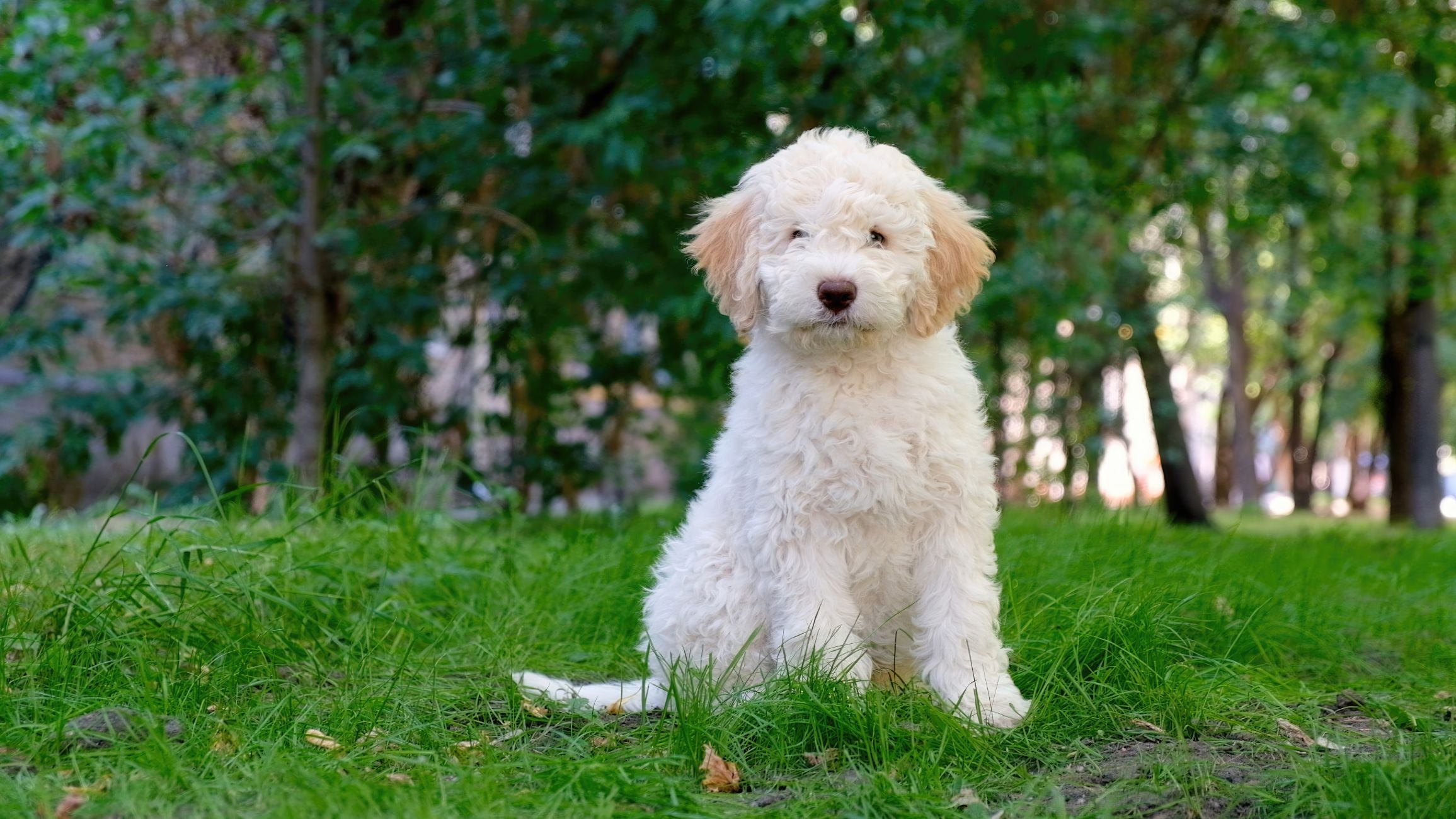
- by Dr.Thilo Senst
Choosing the Best Dog Collar: A Comprehensive Guide
- by Dr.Thilo Senst
Choosing the Best Dog Collar: A Comprehensive Guide
Selecting the right collar for your dog is about more than just aesthetics. A well-fitted, appropriate collar is essential for your dog’s comfort, safety, and effective training. With countless dog collars available, from basic to high-tech, finding the right one can be daunting. This guide provides insights on types, materials, and purposes of collars, so you can choose the best one for your pet.
A good collar does more than just hold a lead. It reflects your dog’s personality, helps with training, and ensures safety. For instance, a collar that fits well can prevent escape, while a collar suited to your dog’s activity level will be more comfortable and durable. According to the UK’s Pet Food Manufacturers’ Association, over 34% of UK households own a dog, highlighting the need for well-informed choices in pet accessories.
Dog collars vary widely in terms of function, material, and fit. Here are the main types:
Flat collars are the most common type and are suitable for most dogs. They’re simple, adjustable, and usually have a plastic or metal buckle. Many come with a D-ring for ID tags and lead attachments.
Martingale collars are designed for dogs that tend to pull or slip out of their collar. They tighten slightly when the dog pulls but stop before becoming too tight.
Harnesses offer more control over larger or more energetic dogs. They distribute pressure across the dog’s chest rather than their neck, making them a good choice for dogs with respiratory issues.
Head collars resemble a halter for a horse, with a strap around the dog’s neck and another around the nose. They provide excellent control over the dog’s head, making them ideal for training.
Shock and prong collars are generally used for training purposes but are highly controversial. Shock collars deliver a mild electric shock, while prong collars have metal prongs that press into the dog’s neck.
When selecting a collar, material plays a key role in comfort, durability, and style. Each material has distinct benefits:
Nylon is the most popular material for dog collars. It’s affordable, durable, and comes in various colours and patterns.
Leather collars are durable and stylish, often lasting for years with proper care. They’re gentle on the skin and tend to age well.
Biothane collars are waterproof and resistant to odour. They’re ideal for dogs that love swimming or rolling in mud.
Selecting the correct size is essential for comfort and safety. A poorly fitted collar can cause chafing, discomfort, and even injury. To measure your dog’s neck, use a soft measuring tape and leave enough room to slide two fingers between the collar and the neck.
When choosing a collar, consider specific features that cater to your dog’s needs and lifestyle:
The right dog collar can improve not only your dog’s safety but also their behaviour and comfort. Here are some benefits:
Maintaining your dog’s collar ensures longevity and hygiene. Here are some tips:
Q1: How tight should a dog collar be?
A: You should be able to fit two fingers between the collar and the dog’s neck. This ensures it’s snug but not too tight.
Q2: Are harnesses better than collars for dogs that pull?
A: Yes, harnesses distribute pressure across the chest, making them a safer option for dogs prone to pulling.
Q3: How often should I replace my dog’s collar?
A: Replace it as soon as you notice wear, typically every 6-12 months for active dogs or longer for lower-activity dogs.
When choosing a collar, consider your dog’s lifestyle, size, and specific requirements. A small, calm dog may only need a basic flat collar, while a large, active dog may benefit from a Martingale or harness combination.
While choosing the best dog collar is important for safety and training, don’t overlook overall health and comfort. To support your dog’s wellness, consider Dr. Senst Dog Calming Hemp Oil for Dogs if your dog experiences anxiety or pulling tendencies. Additionally, Dr. Senst Itchy Dog Allergy Relief Treats can alleviate discomfort for dogs prone to skin irritation, often exacerbated by ill-fitting collars.
![]()
Enter your details & download our comprehensive 50+ page printable Dr. Senst Pet Care Planner completley FREE! - keep track of all your pet’s needs, from medical history and training to vet visits, grooming, diet, and more!










Share:
Chronic Ear Infections in Cats: Long-Term Care and Management
How to Clean Dog Eyes Safely: A Guide for Pet Owners